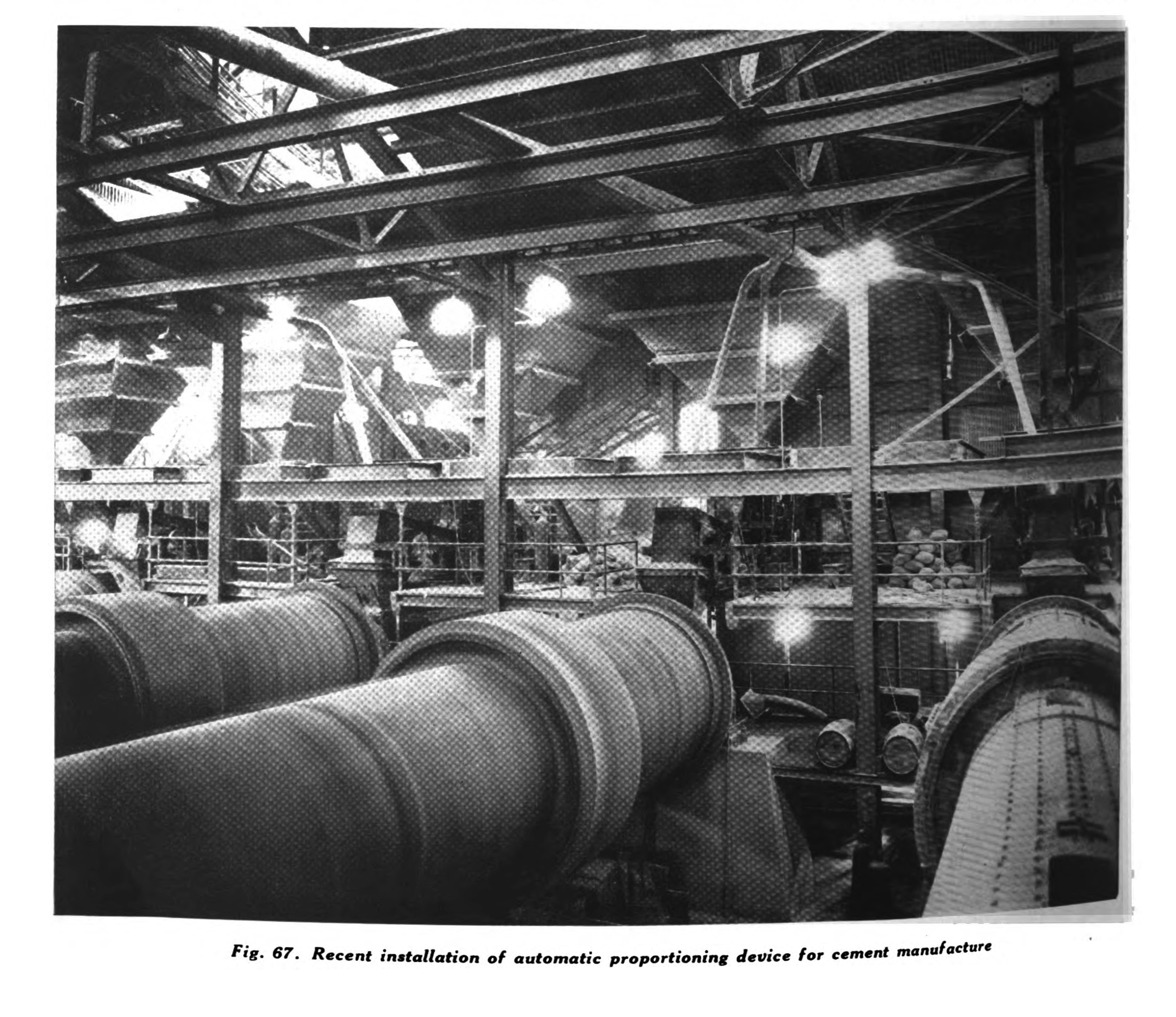Interview with Scott Mullen, 2025
NO ALTERATION
10.20.25–10.27.25
Facebook and email
Conversation with Danya Gerasimova
Scott Mullen lived near the Missouri Portland Cement factory from 1973 to 2013.
Danya:
Do you remember the Missouri Portland Cement factory?
Scott Mullen:
I lived on Adrian Dr from ‘73 till long after Portland had shuddered. I could see the factory from my upstairs bedroom window and hear it most nights while trying to sleep. Anything left outside and all our vehicles were constantly covered in limestone dust, and our basement walls cracked due to the blasting in the quarry.
Danya:
Are there any details about the factory and the quarry you can recall? Did you know anyone who worked there?
Scott Mullen:
I remember hearing the machinery bump and squeak all night. At first, it kept me up. But after a while, it was like sleeping with the fan on: you almost enjoyed it and you needed it to sleep.
I remember looking at all the machines, trucks, stacks, and buildings—kind of admiring them, yet wondering exactly what each part did. I knew some old guys that worked there and how dirty or maybe dusty they were coming home or stopping at a gas station. Hard working guys. I don't recall their names; they were fathers and grandfathers to the kids I grew up with.
From what I heard, many of the factory employees lived down there on Leeton, Scranton, and West. I think that's why that block was built. I heard that originally, most of those homes were housing for the foremen and management, so if something happened at the plant they could haul butt over there. However, I do know that some of them lived on various streets in Riverview and Glasgow Village. I had lots of school friends all over.
As far as the quarry, I remember the cranes and other equipment down in it. When I was a kid, it looked like such a massive operation. When I was a teen, I remember some of us kids used to sneak under or through the fence and go in the area around the quarry, and even down into the quarry itself, to explore and be nosey. We climbed on the cranes and things we knew we shouldn't climb on, but it was exciting and fun. Silly, I know—we were kids.
I remember them blasting the quarry and shaking our whole house. The first time, we did not know what it was and thought it was an earthquake. It would knock stuff off the shelves and pictures off the wall. The blasting even caused cracks in the basement floor and walls—stuff they would deny and not be responsible for fixing.
I don't know if it was true or just an urban myth, but supposedly, exposure to dust from the quarry contributed to cancer. I have no facts on that, but my mother as well as many of the neighbors died of cancer or complications from it. I'll never know the truth.
Danya:
Do you remember a lot of talk about pollution from the factory in the neighborhood at the time? Do you recall seeing flyers like this one?
Scott Mullen:
I remember my dad getting flyers and going to meetings, but I did not deal with that. I remember my dad and all the neighbors would stand out in the driveways or at the fence lines, disgusted at the amount of cement dust that rained down on our houses and vehicles covering the roofs, clogging up the gutters, coating the siding, and ruining the paint jobs on mom's car and dad's truck.
When it settled on the paint, it was a kind of greyish color. If squirting it off with the hose did not get it and you tried to use a rag or sponge, you messed up the paint as the dust hardened and had an abrasive texture. So it was like sanding your car's paint job. It dulled the windows and chrome too.
I heard a lot of folks developed asthma, COPD, and other breathing issues from both the cement dust and the asbestos used in the factory itself.
Danya:
Do you think pollution from the factory got significantly worse over time or was it about the same throughout?
Scott Mullen:
I think it got worse when the plant got busier and increased production. I feel like the periods when it was really noisy and busy were periods when we saw much more dust coming down on houses and vehicles.
Danya:
What were some of the reactions in the neighborhood when the factory closed down? How did you feel about it?
Scott Mullen:
There were mixed emotions when the factory closed. Folks were glad it was out of operation and not spewing crap into the air and coating things as it did, and the nights were quiet and peaceful, no hum or bumps and squeaks. But then, sad for the jobs lost. I don't think Riverview saw any tax loss, as I think that property was St. Louis City, not Riverview or St. Louis County.
Danya:
Did you pay attention to the factory and quarry sites in the ‘80s and ‘90s? What were they like? Was there any attempted development?
Scott Mullen:
The dates are fuzzy. After both the quarry and the factory were shut down, they mostly sat vacant or dormant. I think it was MSD [Metropolitan St. Louis Sewer District] that bought the quarry and the land around it. It was said that they had some type of sewer treatment plant that burnt waste, and its ashes were dumped there in layers. Layers of ashes, then layers of clean dirt, then more of the ashes and more dirt, on and on.
I heard other folks saying that MSD dust was a hazard too, but to be honest, I don't recall seeing any dust or other stuff settling from the MSD work. But I did see them hauling it in, layer after layer. At one point, that quarry was massively deep. Now it's not much more than a large pothole. I've seen sinkholes that were deeper than it is now.
As kids, we flew kites and played ball in the back field between the quarry and the houses on Adrian Dr where I was born and raised. Later, we had always heard rumors that there were going to be many things built in that back field. Some of the things I remember were a water park with a kayaking/canoeing route from Riverview Dr all the way to Lilac Dr, a large apartment complex, condos, a mixed use office space or strip mall, and at least two more streets with small houses. All kinds of things, but nothing ever came to fruition. Until Cementland.
Danya:
Do you still live in Riverview? What were some of the changes you’ve seen in the neighborhood over time?
Scott Mullen:
I do not live there anymore. I sold my house at a great loss about 10 years ago due to all the crime in the neighborhood. Both my house and my vehicles had been broken into several times. The police were useless. Even when I showed them how the person got in and things they had touched, trying to get them to fingerprint them, they refused. I tried to start a neighborhood watch. The Village of Riverview was useless when it came to improving anything.
After several years of trying to get involved, I'd had it. I sold my house. More like I gave it away. When I bought it, it was appraised at $98k, and I put another $12–15k in redoing the electric, the bathroom, and the kitchen, as well as repainting all rooms and planting several trees. When I sold it, I did not get 15k out of it. That's just wild to me, to see that kind of loss.
For comparison of how areas differ, I moved 2.5 hours south to rural southeast Missouri (another semi-poverty stricken area) and bought a much, much larger property and house for just under $100k. In less than 10 years, it's now worth $300k+, even with this economy. I have cows and deer for neighbors now.
The biggest things I've seen change are:
A. The School district is ruined. Academically, the administration, the drugs, the violence, the scandals, etc.
B. The folks that run the village are… I don't even know how to describe them. Scandalous crooks that let crime run rampant. Honestly, part of that is the County prosecutors, not just the Village.
C. No businesses want to operate there, as there is too much crime and a lack of folks who want to work. So due to no business, the local government starves due to little tax revenue coming in. Which just makes things worse and worse.
D. Not all, but too many of the folks that live there now take zero pride in their houses or property. They don't cut the lawns, trim trees, fix roofs, clean gutters, or paint. Driving through there nowadays, it looks like something from a third world country. There are now speed bumps across Diamond Dr and certain roads are blocked off, as if that is going to deter crime. When I lived there, I heard guns five out of seven days a week and had bullet holes in my roof three times.
When I grew up there, it was safe. The only time you heard gunshots was on New Year's Eve. We all played ball and rode our bikes around the neighborhood. Everyone and everyone's parents knew everyone. If I got out of line eight blocks away, by the time I got home, my mom was waiting with a paddle. Now, they just shoot it out.
I have tons of fond memories of growing up there: friends, neighbors, the village Santa that rode around every Christmas giving out bags of fruit and a few pieces of candy to each kid. Now there are less than a quarter of the number of kids, and they had stopped doing this a few years before I left. I miss it. Even as an adult, I'd go out and wait for Mr. Wilson to dress up as Santa and do the route.
There is nothing left. The few good folks that remain are trapped, and many are afraid to come out of their houses if they don't have too. I still have a friend or two in the area. They hate what it's become. Thankfully, my adult daughter just moved out of there and out to Bridgeton. Less danger and closer to her work.
Danya:
What are your thoughts on Cementland? How do you think it would’ve affected the neighborhood had it been completed?
Scott Mullen:
I knew who Bob was from reading about him and hearing folks talk, and I have been to City Museum several times. I heard he owned it, or at least was the artist who did most of the creative work there. With a bunch of help, I'd guess. I enjoyed it each time I visited, and I'd really like to go back and see if anything has changed or been added. My wife and I were talking not long ago. We are going to take the adult kids and our grandkids there to experience it.
As far as Cementland, I have nosed around on the internet and seen a bunch of pics of some of the cool things that had been done there. My father owned the house at 460 Adrian Dr for several years after I left. From his backyard or upstairs bedroom windows, you could see a lot of the bigger stuff. With binoculars or a scope, you could see a lot of the smaller and more detailed, neat looking things.
I had always hoped to see it completed and open. I still would. I think it would have been really cool; I like that type of stuff. I'd spend the time and gas to go see it if someone ever bought and completed it. I think that would be really cool.
As far as what effect it would have had on the area, I’m not really sure. All areas live and thrive off their tax revenues, but I'm pretty sure it is considered St. Louis City, so they would have reaped and wasted all the taxes. I don't think it would have had a negative effect on the area, but I can't say for sure. I feel like just about any new developments would be positive for the area.
While what most of the area has become saddens me, I don't have any hate or disdain for it, just lots of good memories. Everytime I happen up that way, I have a route I drive. Past old friends' houses, paths I walked or rode my bike on, spots we’d hang out at. Just hoping that I'd see some improvements, signs that the old neighborhood may be coming back to life, folks cleaning up their properties and rehabbing things, making it nice and new again. Take pride in their neighborhood for God’s sake!



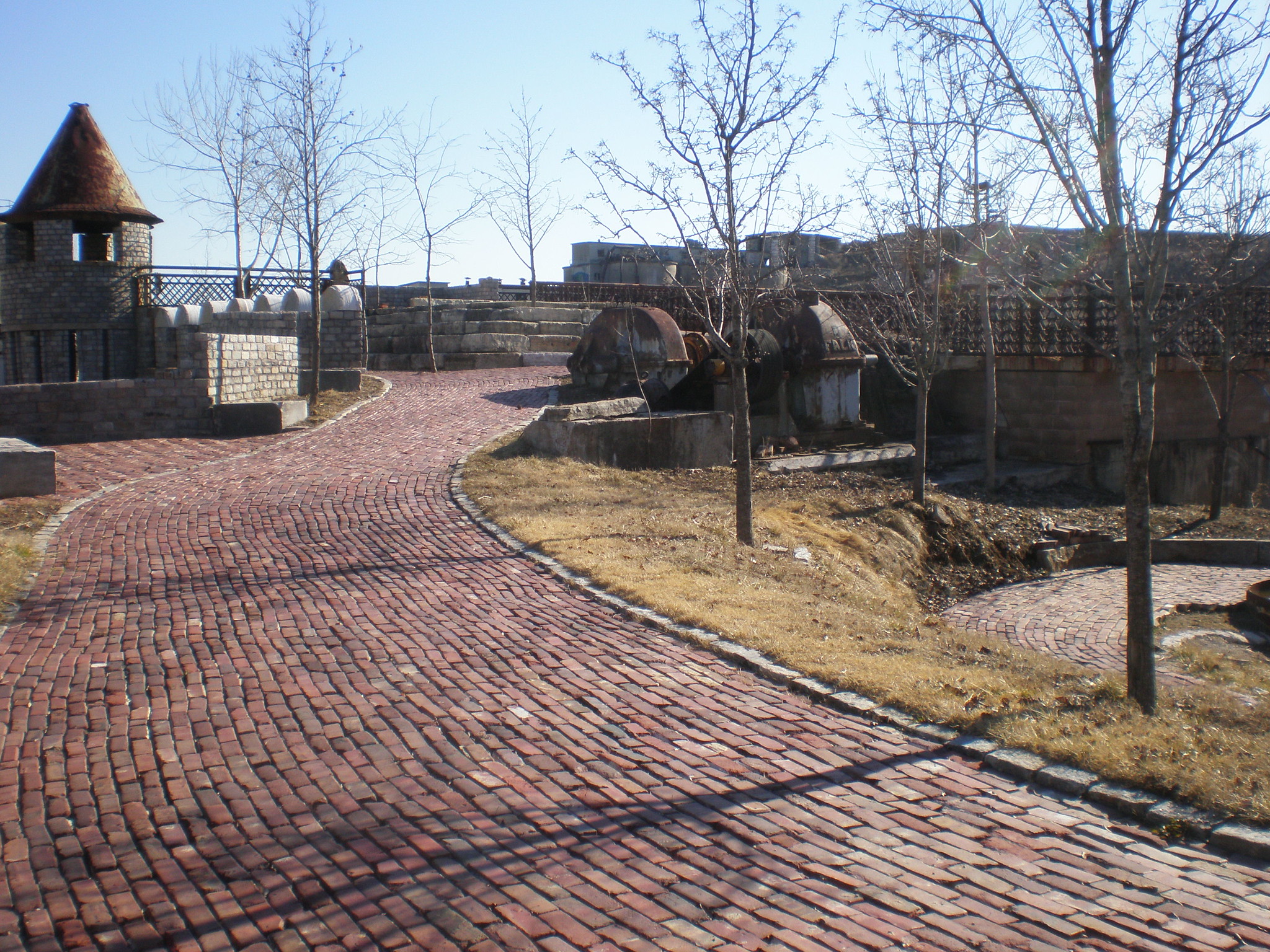

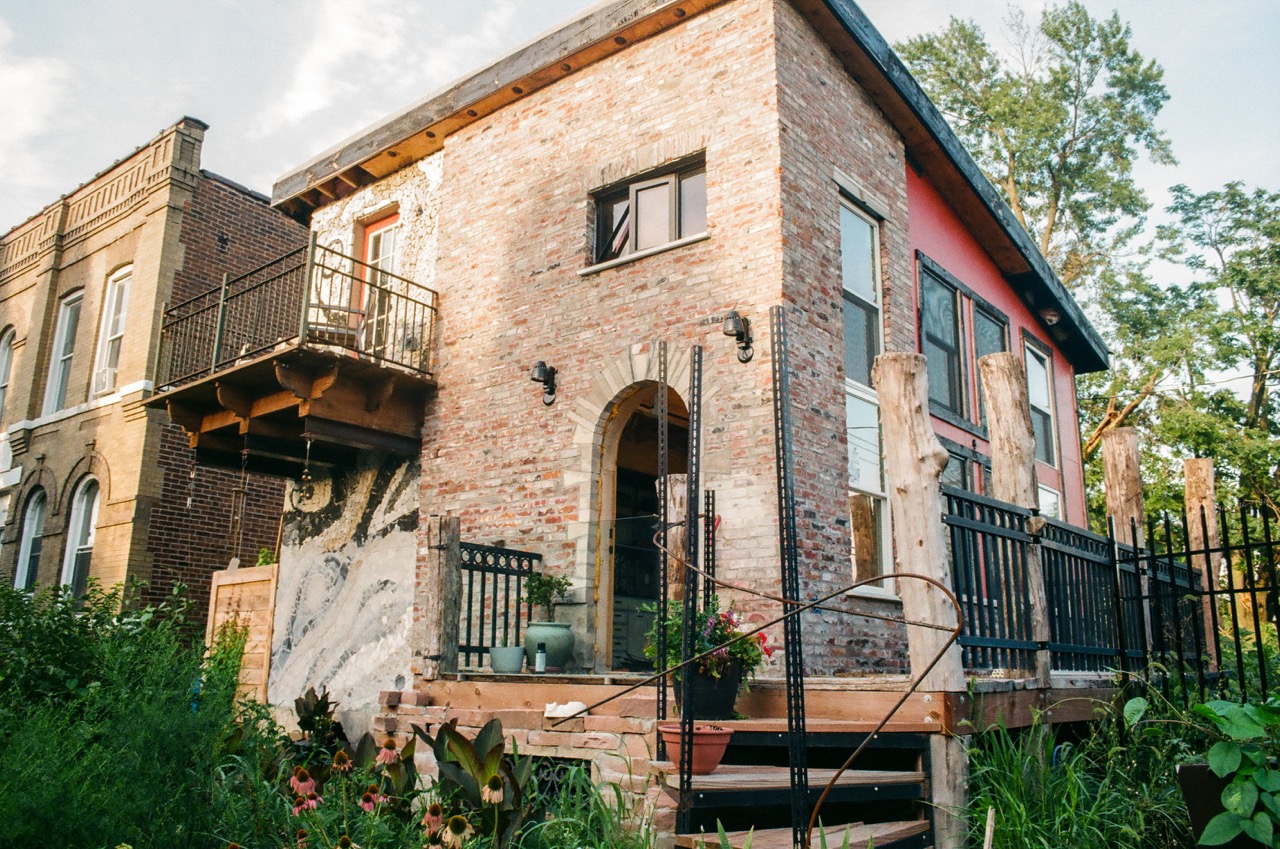
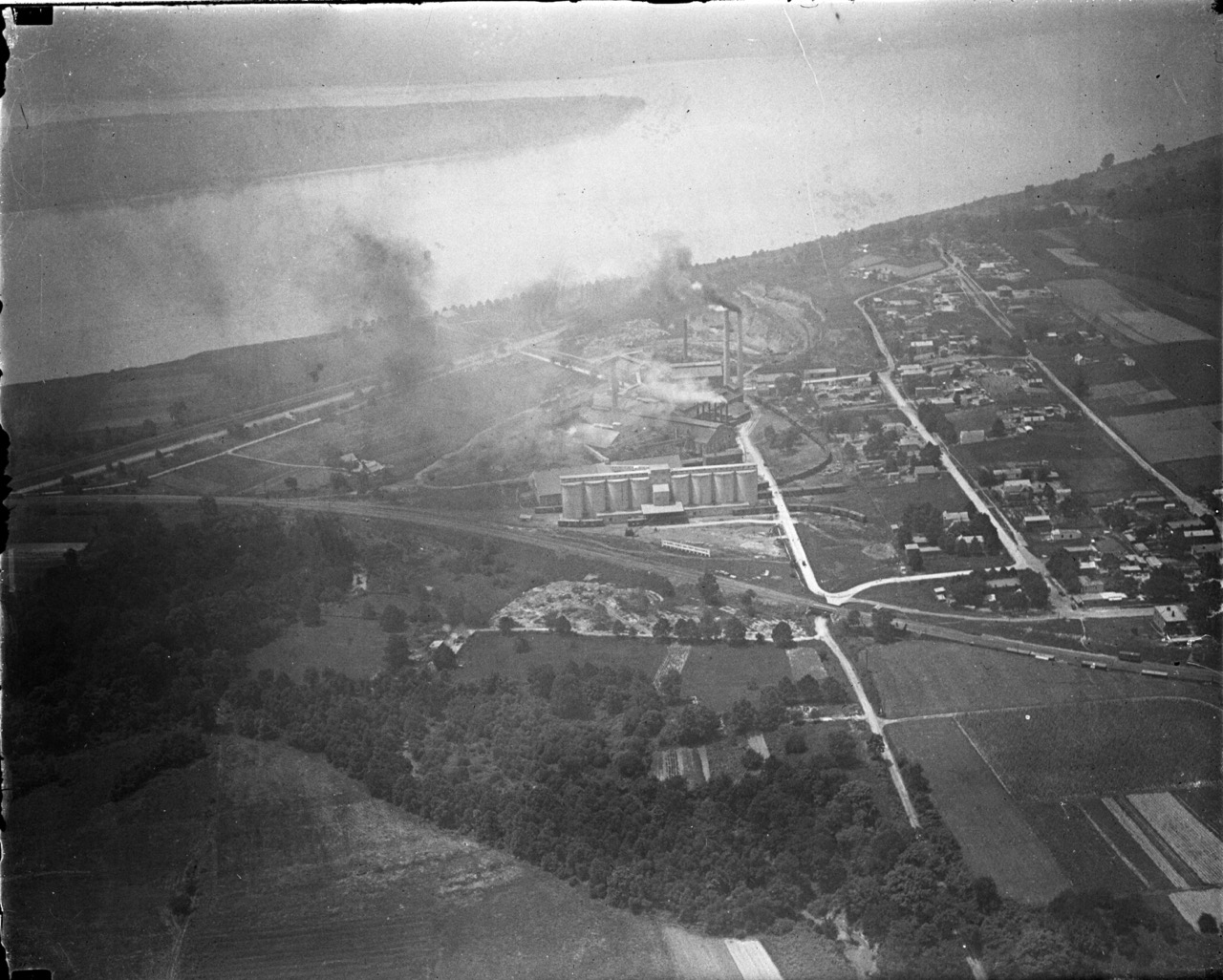

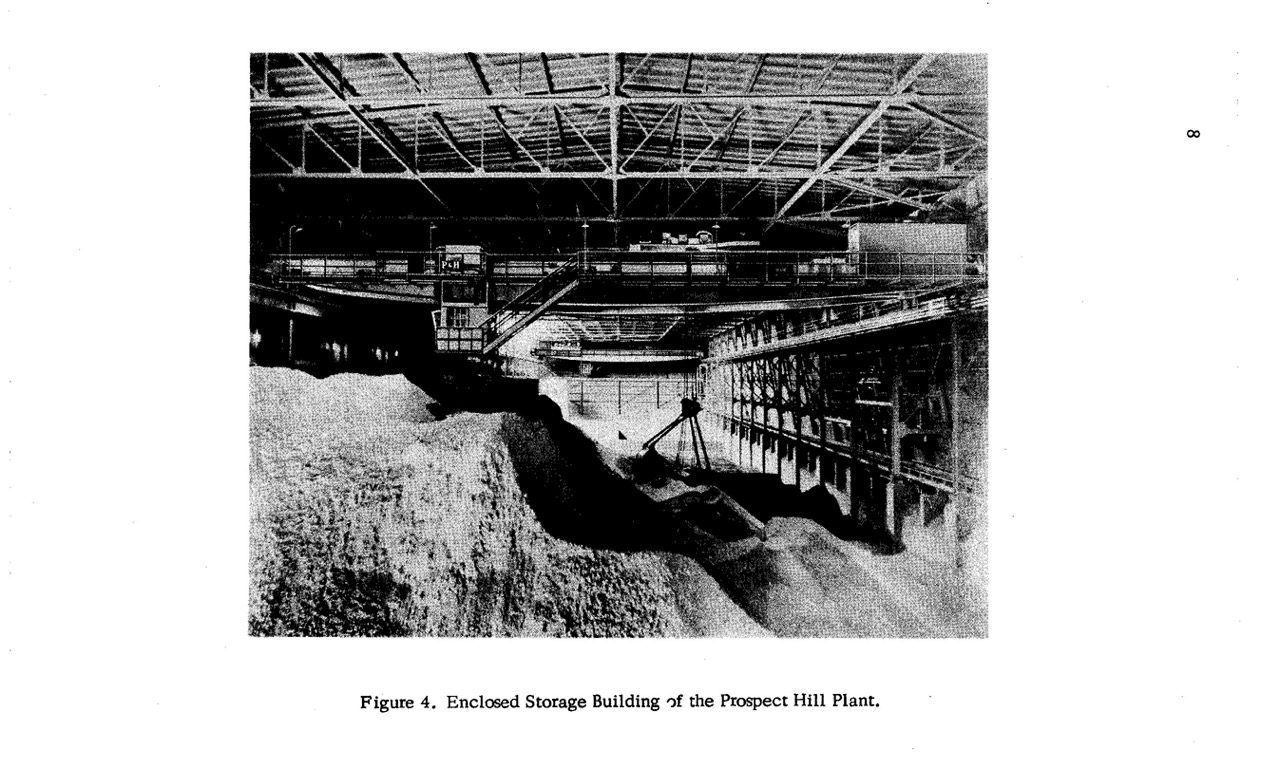
%20Large.jpeg)
